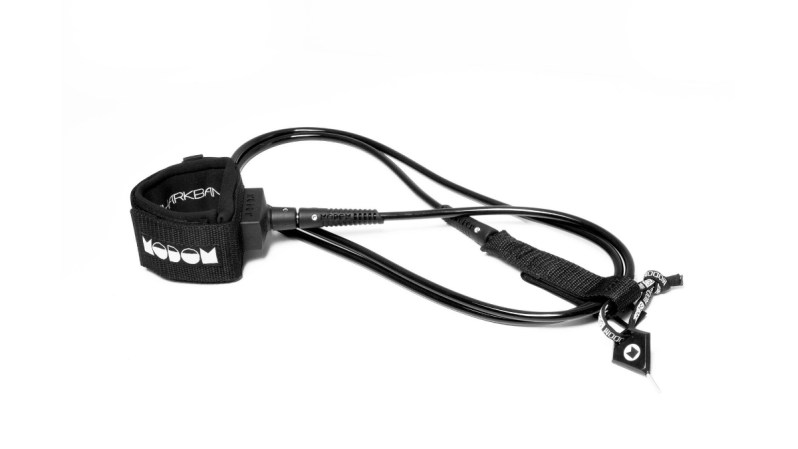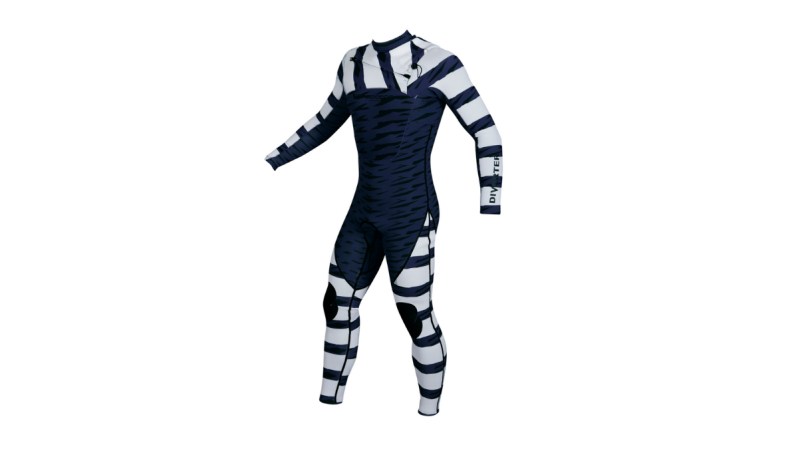With Discovery Channel’s annual Shark Week behind us, you’re no doubt inspired or terrified of all things shark-related. If it’s a mix of both, you’re looking for a way to get closer to these apex predators in the safest way possible. Thankfully, there’s an app (and plenty of other high-tech innovations) for that. Here are four of our favorites shark repellents.
SharkBanz Modom Shark Leash

It’s a well-known fact that sharks rely on thousands of data points — from their visual cortex to smelling blood in the water (they can sniff out a single drop of blood in an Olympic-size swimming pool) — to hunt their prey. Their bodies are also outfitted with electrical sensors to literally “feel” when there’s something to kill nearby. The Sharkbanz Modom Shark Leash is a wearable device with integrated electromagnetic technology designed to interfere with these sensors. A commercial-grade Velcro cuff ensures it won’t try to swim away from you if you take a particularly nasty spill, and an anti-rust stainless rotating ring helps to minimize tangling. Plus, it’s compatible with any other Modom brand cord. At USD $130, it may seem steep, but can you really put a price on your legs?
SharkBytes “Incident” Tracker App
Shark attacks are rare. Worldwide, there were only 88 total incidents in 2017. But, when they happen, they tend to occur in clusters. The SharkBytes mobile app works to track the latest incidents around the world and encourage swimmers, divers, and surfers to act accordingly. Once you know where you’re headed in the water, you can search the app for recent attacks in the area. To help users identify particular specimens, it also includes pictures and details on more than 200 shark species. The best part is that it’s free (with ads) for iOS and Android.
Shark Attack Mitigation Systems

In the final moments leading up to an attack, sharks rely on their vision more than any other sense. If they can’t confidently see you, they’re less likely to “complete” their strike. That’s the logic behind Shark Attack Mitigation Systems (SAMS). The brand’s patented technology uses a high-tech understanding of shark’s predatory behavior to develop decidedly low-tech, but highly effective gear to camouflage you in the water. Their striped anti-shark patterns are used to develop vinyl stickers which can be applied to surfboards, kayaks, and other small watercraft.
“Little Ripper” Anti-shark Drones
By the numbers, Australia sees a tiny fraction of the already tiny number of worldwide shark incidents. But, 2015 was an especially bad year. Following a dozen high-profile shark attacks that year, New South Wales developed several $250,000 drones to prevent future incidents. Known as “Little Rippers,” the piloted drones relay real-time video to a team of shark spotters back on land. More importantly, they’re outfitted with inflatable rafts and GPS beacons that can be deployed to surfers if sharks are spotted in the water nearby. The initial six-month test program was so successful that the company behind the drones has since developed highly accurate AI-based technology to identify and track sharks in real time — no drone pilot required. The system is surprisingly adept at knowing the difference between sharks, whales, dolphins, and surfers.


